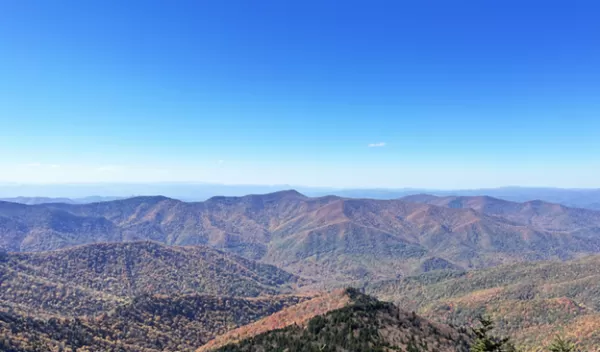
Plants seek climate refuge across our changing planet
Plants, like animals and people, seek refuge from climate change. And when they move, they take ecosystems with them. To understand why and how plants have trekked across landscapes throughout time, researchers are calling for a new framework. The key to protecting biodiversity in the future may be understanding the past.
Scientist Jenny McGuire at Georgia Tech spearheaded a U.S. National Science Foundation-supported paper on the topic in Proceedings of the National Academy of Sciences. McGuire and her collaborators highlight the outstanding needs for successful future conservation efforts.
The paper brings together conservation research that illuminates the complex and constantly evolving dynamics brought on by climate change and the ever-shifting ways humans use land. These factors, McGuire said, interact over time to create dynamic changes and illustrate the need to incorporate time perspectives into conservation strategies by looking deep into the past.
One example of this work is McGuire's research on plants in North America, which investigates how and why they've moved across geography over time, where they're heading, and why it's important.
"Plants are shifting their geographic ranges," McGuire said. "As seeds fall or are transported to distant places, the likelihood that the plant's seed is going to be able to survive and grow is changing as climates are changing. Studying plants' niche dynamics over thousands of years can help us understand how species adapt to climate change and can teach us how to protect and maintain biodiversity in the face of rapid climate change to come."
The first step is to understand which plants exhibit what McGuire terms "climate fidelity," and which do not. If a plant has climate fidelity, it means that the plant stays loyal to its preferred climatic niche, often migrating across geographies over thousands of years to keep up with its ideal habitat. Plants that don't exhibit climate fidelity tend to adapt locally in the face of climate change. Being loyal to one's climate, it turns out, doesn't necessarily mean being loyal to a particular place.
To investigate the case of trees, McGuire and colleagues studied data from the Neotoma Paleoecology Database, which contains pollen fossil data from sediment cores across North America. Each sediment core is sampled layer by layer, producing a series of pollen data from different times throughout history.
The data contain breakdowns of the relative abundances of different types of plants — pine versus oak versus grass, for example — painting a picture of the plants that were present in a location and when.
The findings showed that when North American glaciers retreated 18,000 years ago, spruce and alder trees moved northward to maintain the cool temperatures of their habitats.
Some plants fare better than others. For example, the small seeds of willow trees fly over long distances — enabling them to track their preferred climates. But the large seeds of ash trees, for example, can only disperse short distances from parent trees, hindering their ability to track climate.
"This work demonstrates that different species of plants respond to climate change in unique ways and emphasizes that these processes are best documented using multi-centennial to multi-millennial time scales," said Yurena Yanes, a program director in NSF's Division of Earth Sciences.
